What Is a NMC Battery?
NMC batteries are a type of lithium-ion battery that has gained popularity in various industries due to their high energy density and long lifespan. These batteries use a combination of nickel, manganese, and cobalt in the cathode, which allows them to store a large amount of energy in a relatively small and lightweight package. NMC batteries are used in a wide range of applications, including electric vehicles, portable electronics, and renewable energy systems.
What is a NMC battery?
A NMC (Nickel Manganese Cobalt) battery is a type of lithium-ion battery that uses a cathode made of a mixture of nickel, manganese, and cobalt. These batteries are known for their high energy density, which allows them to store a large amount of energy in a relatively small and lightweight package. NMC batteries are commonly used in electric vehicles (EVs), portable electronics, and renewable energy systems due to their performance and longevity.
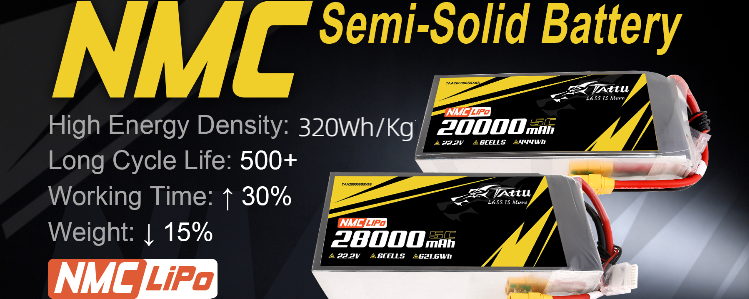
What are the advantages of NMC battery?
NMC batteries offer a combination of high energy density, long lifespan, fast charging, and safety features, making them a popular choice for a wide range of applications.
◆High Energy Density: NMC batteries have a high energy density, meaning they can store a large amount of energy in a relatively small and lightweight package. This makes them ideal for applications where space and weight are important factors, such as electric vehicles and portable electronics.
◆Long Lifespan: NMC batteries are known for their long lifespan, which can range from 500 to 1,000 cycles or more, depending on the specific chemistry and usage conditions. This makes them a cost-effective option for applications that require long-term reliability.
◆Fast Charging: NMC batteries can be charged at a relatively fast rate compared to other types of lithium-ion batteries, making them convenient for users who need to quickly recharge their devices or vehicles.
◆High Power Output: NMC batteries are capable of delivering high power outputs, making them suitable for applications that require high performance, such as electric vehicles and power tools.
Wide Temperature Range: NMC batteries can operate effectively over a wide temperature range, making them suitable for use in both hot and cold climates.
Safety: NMC batteries are known for their safety and reliability, with built-in mechanisms to prevent overcharging, overheating, and other potential hazards.
Why is the energy density of NMC battery so high?
The high energy density of NMC (Nickel Manganese Cobalt) batteries is primarily due to the materials used in their cathode. Nickel, manganese, and cobalt all have high specific capacities, meaning they can store a large amount of energy per unit weight or volume.
◆Nickel: Nickel is known for its high specific capacity, which allows it to store a large number of lithium ions. This high capacity contributes significantly to the overall energy density of the battery.
◆Manganese: Manganese is used in NMC batteries to stabilize the structure of the cathode material and improve its cycling stability. While manganese has a lower specific capacity compared to nickel, it is essential for enhancing the overall performance and safety of the battery.
◆Cobalt: Cobalt is used in NMC batteries to increase the specific energy and stability of the cathode material. Although cobalt is relatively expensive and has environmental concerns associated with its mining, it plays a crucial role in achieving the high energy density of NMC batteries.
How to increase the energy density of NMC battery?
Increasing the energy density of NMC (Nickel Manganese Cobalt) batteries involves several approaches, including material improvements, cell design optimizations, and advancements in manufacturing processes. Here are some key strategies:
◆Increasing Nickel Content: Nickel-rich cathode materials, such as NMC 811 (with 80% nickel content), are being developed to increase energy density. Higher nickel content allows for more lithium ions to be stored in the cathode, thereby increasing the overall energy density.
◆Optimizing the Ratio of Materials: Fine-tuning the ratio of nickel, manganese, and cobalt in the cathode material can improve energy density. Different ratios can offer a balance between energy density, power output, and battery lifespan.
◆Enhancing Cathode Coating: Coating the cathode with materials like aluminum oxide can stabilize the structure and improve the battery's performance, including energy density.
The challenge of further increasing the energy density of NMC batteries
Increasing the energy density of NMC (Nickel Manganese Cobalt) batteries faces several challenges, including:
◆Safety Concerns: As energy density increases, the risk of thermal runaway and battery failure also increases. Ensuring the safety of high-energy-density batteries remains a significant challenge.
◆Cost: High-nickel formulations, such as NMC 811, can be more expensive to produce due to the higher cost of nickel. Developing cost-effective production processes is essential to making high-energy-density NMC batteries commercially viable.
◆Cycle Life: Increasing energy density can sometimes lead to a decrease in cycle life. Improving the durability and longevity of high-energy-density NMC batteries is crucial for their practical applications.
◆Voltage Stability: High-energy-density NMC batteries often experience voltage fade, where the voltage decreases over cycling. Maintaining stable voltage output over the battery's lifespan is important for many applications.
Applications of NMC battery in the field of drones
NMC batteries are increasingly being used in the field of drones due to their high energy density, which allows drones to fly longer distances and carry heavier payloads. Here are some application details of NMC batteries in drones:
◆Longer Flight Times: NMC batteries enable drones to have longer flight times compared to other battery chemistries. This is especially useful for applications such as aerial photography, surveillance, and mapping, where extended flight times are required.
◆Higher Energy Density: NMC batteries have a higher energy density compared to other lithium-ion batteries, allowing drones to achieve higher performance and efficiency. This is particularly beneficial for commercial and industrial drones that require increased power and endurance.
◆Quick Charging: NMC batteries can be charged quickly, allowing for shorter downtime between flights. This is advantageous for drone operators who need to maximize their operational efficiency and productivity.
◆Payload Capacity: NMC batteries can support heavier payloads, allowing drones to carry additional equipment such as cameras, sensors, and other accessories without compromising flight performance.
Conclusion
In conclusion, NMC batteries offer a combination of high energy density, long lifespan, fast charging, and safety features, making them a popular choice for a wide range of applications, including electric vehicles, portable electronics, renewable energy systems, and drones. As a global leader in lithium-ion battery cell manufacturing, Grepow offers professional customization solutions for high discharge rate and high energy density NMC battery packs with intelligent Battery Management Systems(BMS) for eVTOL applications, catering to your specific application requirements.
Related Articles:
NMC Battery vs. LCO Battery: What's the Difference?
NMC vs NCA Battery Cell: What’s the difference?
LFP vs NMC Battery: Exploring the Differences
What Is a Semi-Solid State Battery?
Related Articles
-
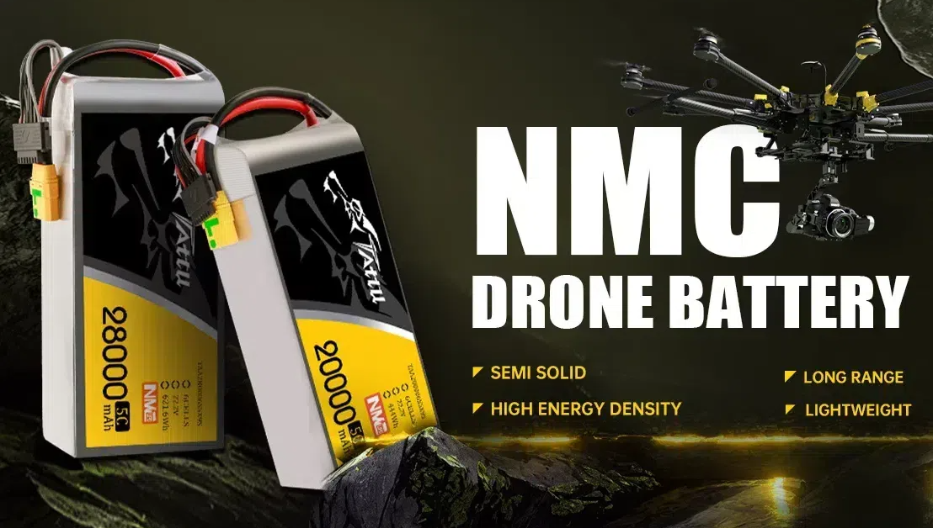
NMC Battery vs. LCO Battery: What’s the Difference?
2024-10-11 -

3D Mapping Drone Helps Create The Popular Game Black Myth: Wukong
2024-08-23 -
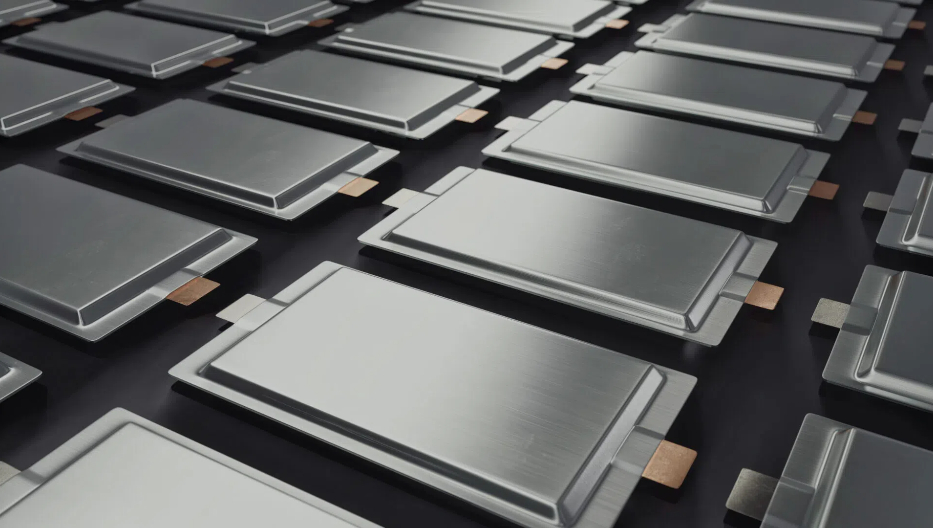
Next-Generation eVTOL Battery Technology
2024-08-22
Related products
-
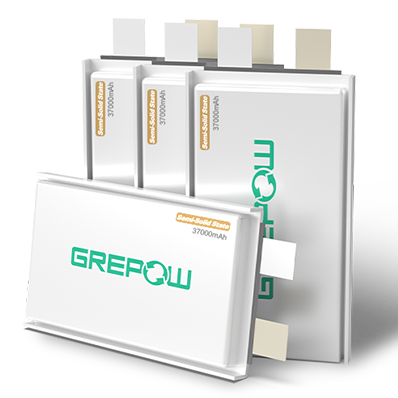
37000mAh Semi-Solid State High Energy Density Battery
-
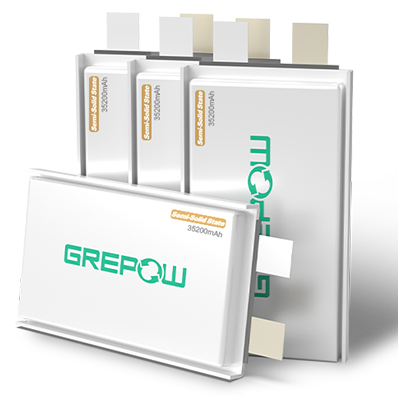
35200mAh Semi-Solid State High Energy Density Battery
-
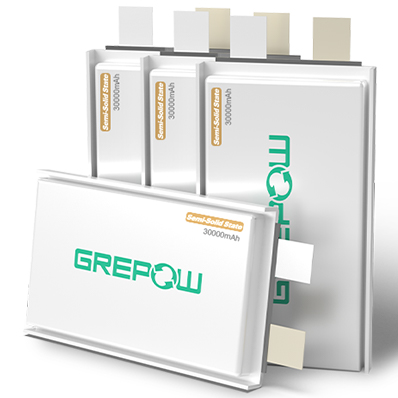
30000mAh Semi-Solid State High Energy Density Battery

















































